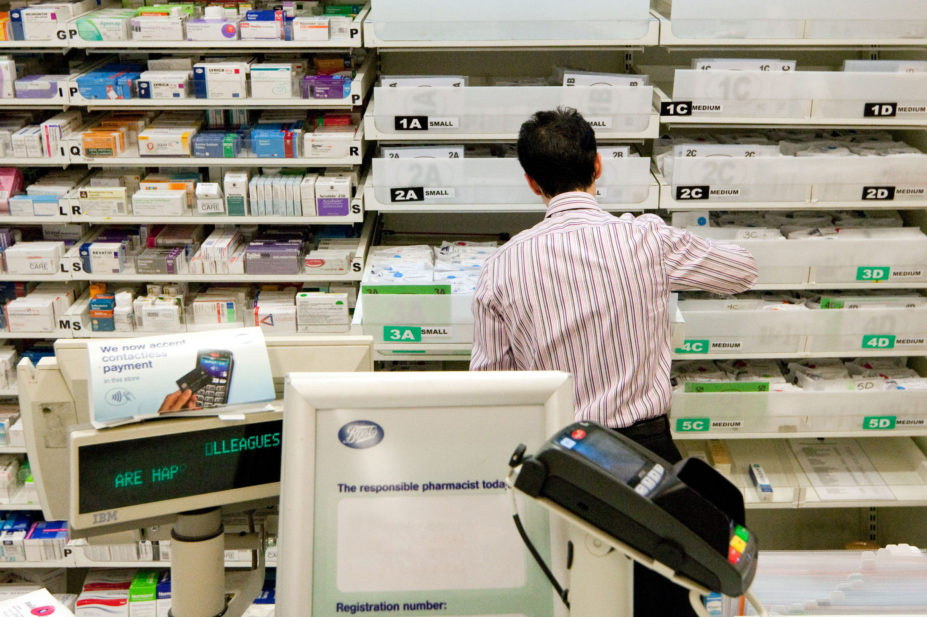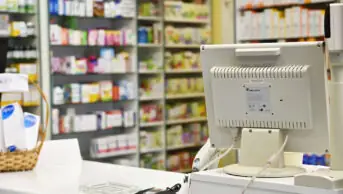
Imagedoc / Alamy Stock Photo
The average annual pay of pharmacists is failing to keep pace with inflation, suggest data from the Office for National Statistics (ONS).
The data from the 2022 ‘Annual survey for hours and earnings’ (ASHE) show that annual gross pay for all pharmacists had risen by 2.6%, as of April 2022, compared with the previous year.
This compares with an inflation rate of 9% in April 2022, which has now risen to 10.1%.
The 2022 ASHE data, released on 26 October 2022, show that the mean gross annual salary for all pharmacists in the UK — full- and part-time — was £38,330 in April 2022, compared with £37,343 in April 2021.
This is higher than the mean gross annual salary for all occupations in the UK, which was £33,402, according to the ASHE report; although this has risen by 6.2% since April 2021.
Pay also varied by pharmacist employee type. For instance, gross annual salaries for full-time pharmacists averaged at £45,031, a 2.5% rise since April 2021, whereas part-time pharmacists earned an average of £26,137, a 13.0% rise since April 2021.
Full-time employed male pharmacists earned an average of £51,383 per year, a 6.5% rise since April 2021, whereas full-time employed female pharmacists earned an average of £40,405 per year, a decrease of 0.1% since April 2021.
Taking into account all pharmacists — full- and part-time — the ONS reported a mean gender pay gap of 8.3%, compared with 6.5% in April 2021.
There are around 35,000 full-time pharmacists working in the UK, of whom 20,000 (57%) are female, and around 19,000 part-time pharmacists, of whom 16,000 (84%) are female, according to the ONS.
Paul Day, director of the Pharmacists’ Defence Association (PDA) and the PDA Union, said that more needed to be done about “sub inflation” pay increases, but added that the reduction in earnings may also be owing to a reduction in hours.
He said: “The ONS data shows hourly rates for employed pharmacists may be increasing, and percentage changes [are] better for pharmacists than many professions, but are still not keeping place with inflation.”
Day added: “Pay is not the only factor of concern to pharmacists, and working environments that are adequately staffed and enable them to exercise their full clinical practice are also essential if employers are to recruit and retain the professionals they need.”
According to the ASHE report, the mean hourly pay for all pharmacists in April 2022 was £22.84, a rise of 8.7% since April 2021.
Nathan Burley, president of the Guild of Healthcare Pharmacists (GHP), said pay is partly behind the recent ballots on possible industrial action.
He added: “The NHS has a workforce crisis, caused in part by salaries flat-lining over the past 10 years for all employees under Agenda for Change contracts, including pharmacists, pharmacy technicians, and all members of the pharmacy team. As with other staff groups in the NHS, it is not unusual for pharmacy departments to be carrying significant vacancies and to be unable to obtain locums to fill the gaps.”
The ONS data was gathered from a 1% sample of jobs taken from HM Revenue and Customs’ Pay As You Earn records, and so it does not include self-employed pharmacists. It did not break down the different settings in which pharmacists work.


